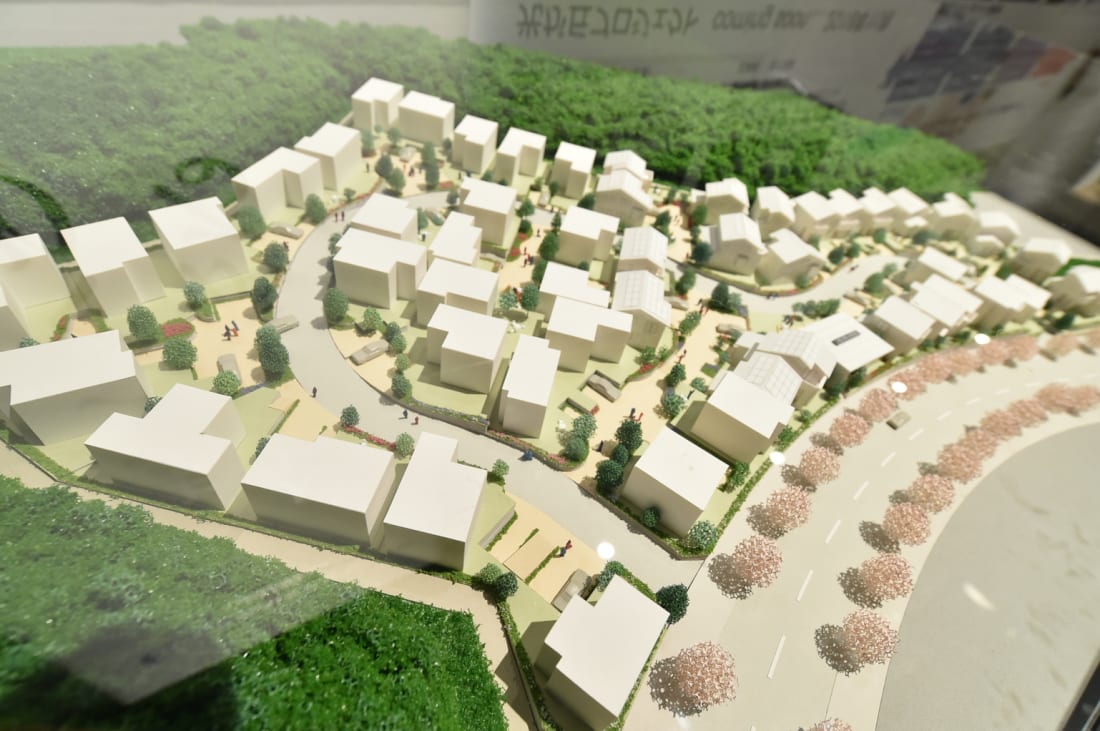The Japan Area Home Builders Network (JAHBnet) is focused on bringing people together. Made up of building contractors whose members come from all of Japan’s 47 prefectures, the group strives to create connections not only between companies but also between the families they house. Earlier this month we went along to their 19th architecture symposium, which is held annually in collaboration with their founding company Aqura Home Group – one of Japan’s largest construction firms – to find out more about their ideology and latest innovations. The event showcases decades of ideas, the work of more than 1,000 employees, and a huge amount of creative projects.
New Earthquake-Resistant Designs
Toshiya Miyazawa, producer of both JAHBnet and Aqura, has created a network of the country’s most prominent leaders in architecture and design, eager to share their skills and enterprises with one another. When it comes to building new homes, Miyazawa’s ideology is about combining sustainable technology and cost-efficiency with cutting-edge design.
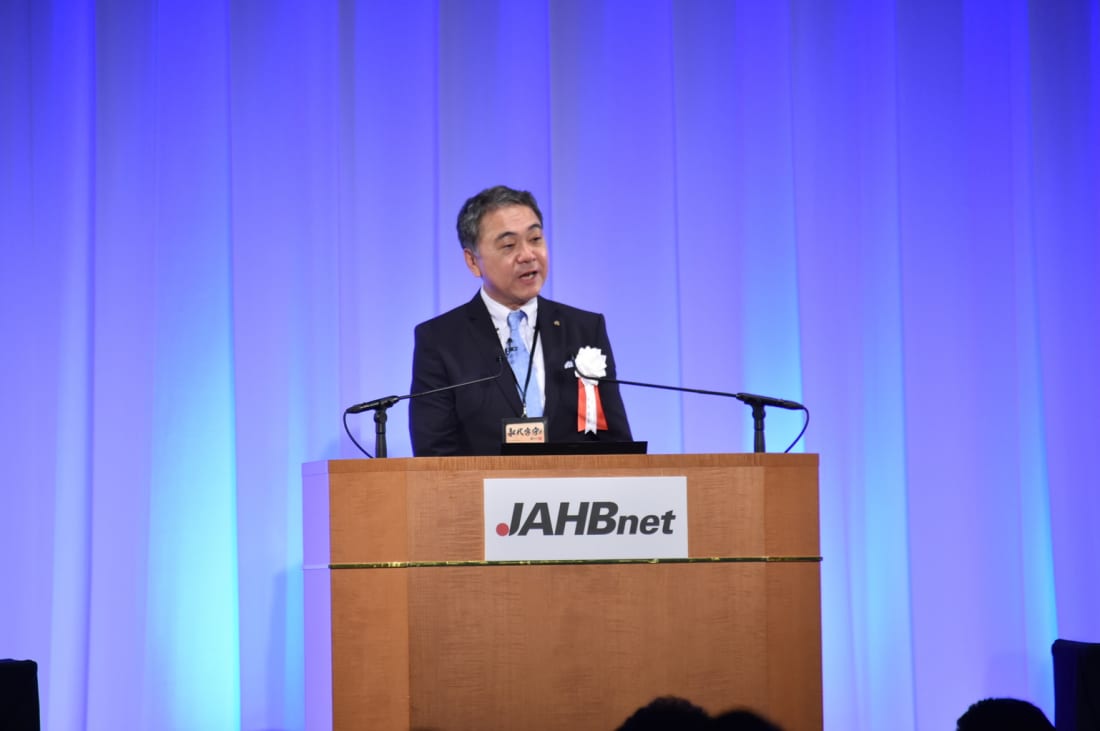
Toshiya Miyazawa
One of the first projects we viewed demonstrated new technology for earthquake-resistant homes. All of the houses coming out of JAHBnet in 2018 will be built with disaster-proof beams, allowing more give and structural support. During testing, the team of craftsmen simulated some of Japan’s largest quakes, horizontally and vertically shaking the model properties to test the safety of their new features.
A Sense of Community
Following Miyazawa’s mission, the houses aren’t just structurally sound, they are aesthetically pleasing and community-oriented as well. We were shown images of one of JAHBnet’s new communities: a suburb 20 minutes from Shinjuku consisting of 51 properties. These durable and cozy housing pockets are uniquely brought together by communal spaces, aiming to instigate interaction between neighbors. Every house in the district has access to an activities center, as well as shared barbecues and luxury tents for kids to socialize in their neighborhood. Strengthening relationships in communities also boosts property value for the project — it’s a win-win. Each house is also environmentally conscious, equipped with solar panels which power a collective energy source.
Fusing Japanese Tradition with Modern Design
Having covered security and efficiency, we moved into the impressive design portion of the symposium. Landscapers showcased how they keep traditional Japanese style in mind for their work. In one home, exterior plants and gardens are tranquil, leading into the home’s interior which blends Japanese architectural concepts with modern updates.
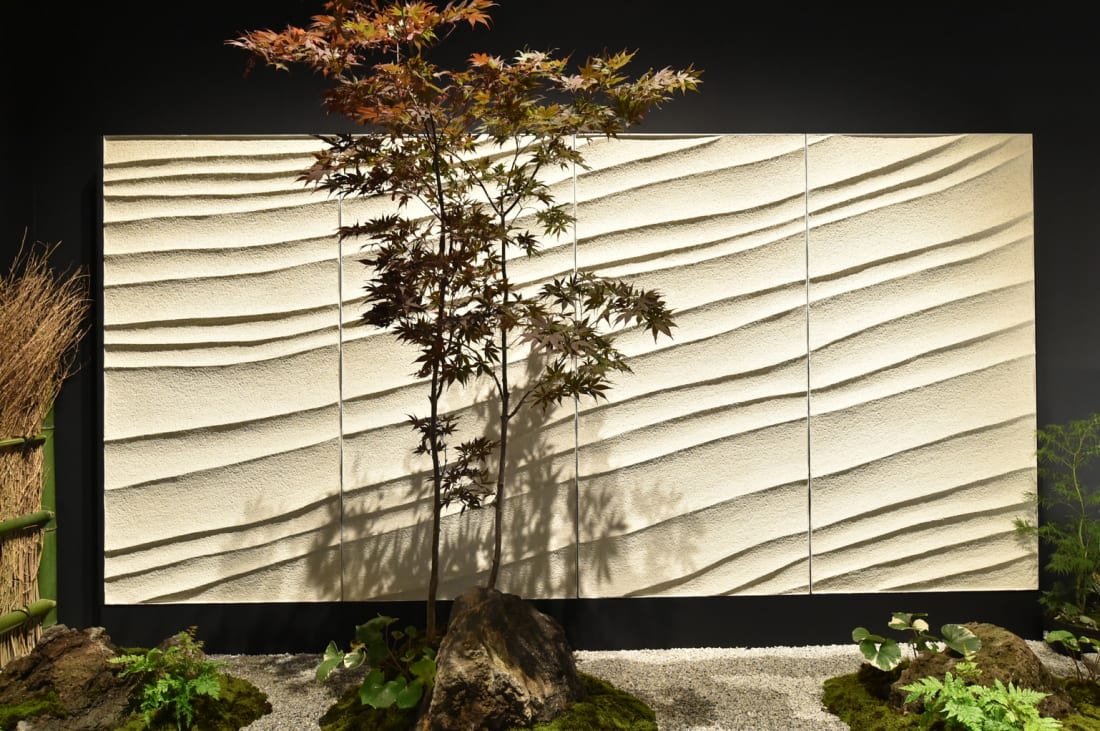
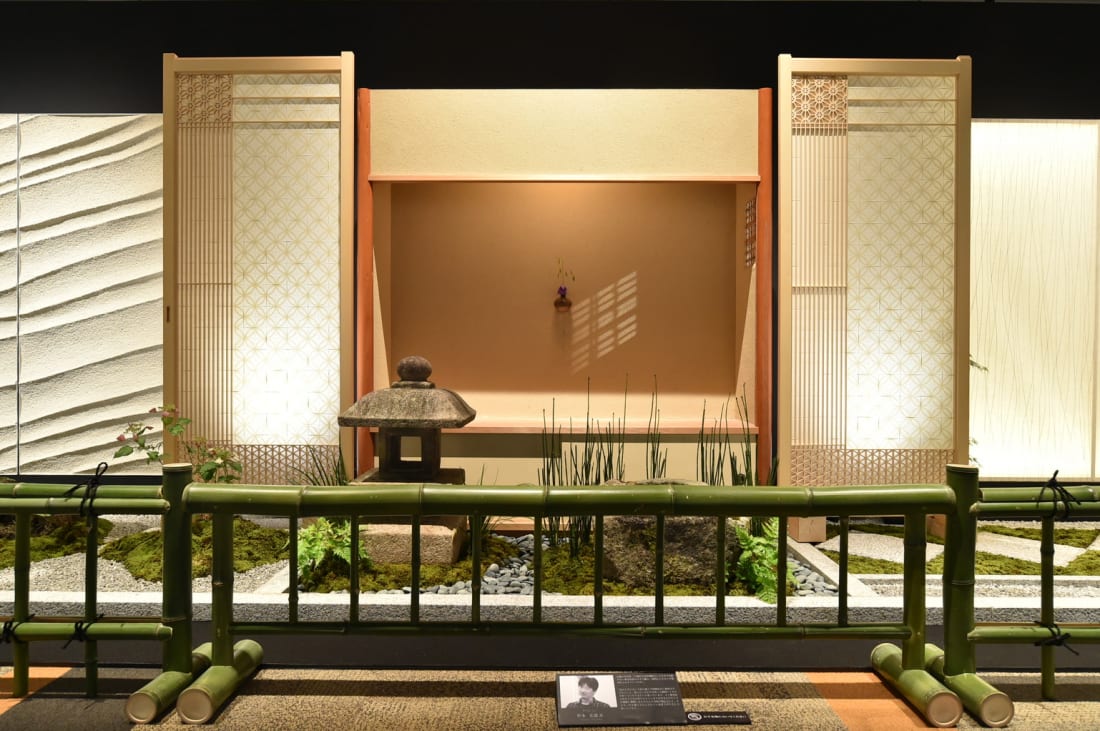
The material that bridges style and function, and is at the base of every new JAHBnet home, is wood. To no fault, the symposium was utterly obsessed with wood. From the very bones of the houses to the cupboards, tables, and stairs, wood is invaluable to their innovation. Many of the homes are faceted like a contemporary log cabin by expertly cut wooden planks, each notched and fitted together like puzzle pieces. The pride and technique of Japanese carpentry is evident through their precise strokes and use of a kanna tool (which you can read more about here).
Leading the Way
Amongst the event’s speakers, there were a couple who stood out. Architect Harada Masahiro, who uses wood to make artisanal homes within Tokyo’s very limited space, spoke about a desire to make “special” become “normal.” His eye for light and space is employed in homes all over Japan from beach mansions to apartments that are not much larger than a parking space.
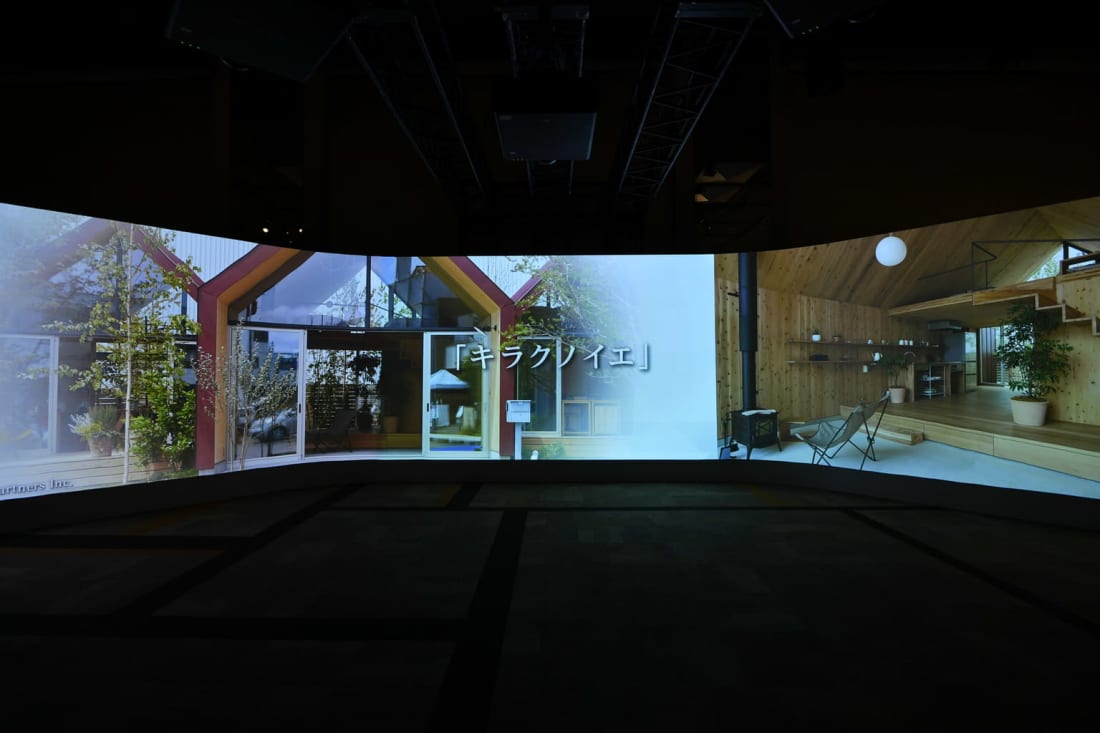
Tokyo University Professor Matsumura Syuichi also made an impression. He explained that as housing has changed over the years from a mass-produced necessity to a thing of taste and luxury, JAHBnet now has more opportunity for creativity in their projects. From “a place to live” to “a place for living.” The homes on display during his talk featured swing sets and dog houses made from excess wood, artistic and space-saving loft beds and shelf units, and environmentally friendly landscaping. He talked about building homes to last a lifetime, to last many lifetimes; homes that appeal to foreigners and Japanese alike. He sees no reason that people from all over can’t fit together, like wooden support beams.
Though homes are these days much more advanced than just a roof over your head, JAHBnet and Aqura promote one of the most basic purposes of a shelter: sharing a space. Yes, there is merit in being eco-friendly, comfortable, and affordable, and the houses on display were all of the above, but most importantly, the spaces promote unity. Whether connecting families or neighbors, a home is a place for people to come together, and that is what JAHBnet provides.
For more information about Aqura, go to www.aqura.co.jp
Sponsored Post


